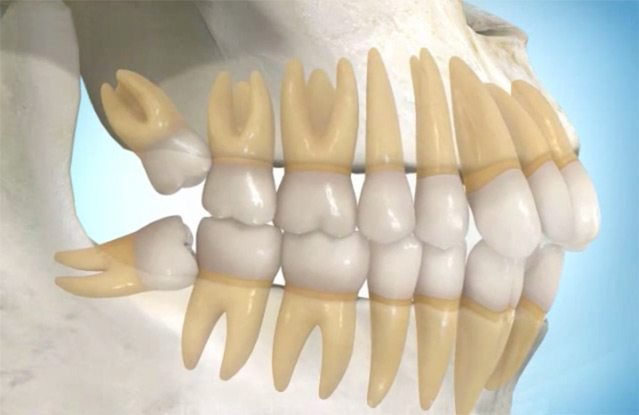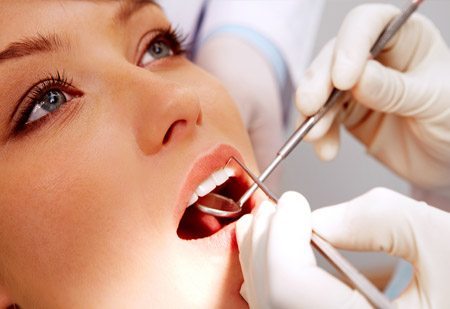The procedure requires following some instructions after the process of extraction and surgery:
1-After the extraction process, the patient should use cotton and gauze given by the dentist. Place it between the teeth to stop the bleeding. If the bleeding does not stop after eight hours of the removal process, consult your doctor immediately.
2 - Use cold compresses or use an ice bag on the cheek against the area of surgery.
3 - It is recommended to rinse with water and salt after 24 hours of the process of extraction for four days.
4 - Do not try to tamper with your tongue or your finger in this area of the extraction to avoid bleeding.
5 - It is recommended to eat soft foods such as yoghurt, jellies and to eat on the other side of the jaw.
7 - Be careful not to bite on the places that have been anesthetized after the process of extraction.
If your doctor has prescribed antibiotics, complete the treatment and do not stop taking it even if you feel better.
We have qualified, experienced and specialized doctors in the field of maxillofacial surgery, who are available to serve you and provide you with the best care and latest dental treatment techniques.


